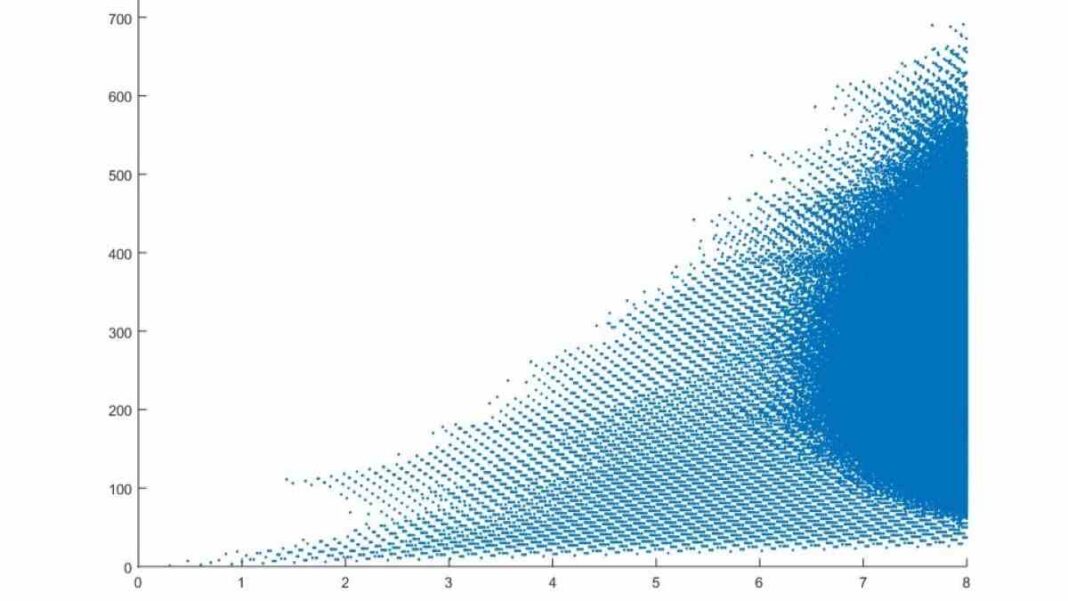INDIA: The “Collatz Conjecture” has perplexed mathematicians for decades, and they remember it as one of the most notorious mathematical puzzles.
It is one of the most well-known math problems that hasn’t been solved yet, and many people have tried to solve it.
The Collatz Conjecture, also known as the 3n + 1 conjecture or the Syracuse problem, was first proposed in 1937 by German mathematician Lothar Collatz.
The rule goes as follows:
- Consider any positive integer n.
- If n is even, divide it by 2
- If n is odd, multiply it by 3 and then add 1.
- Apply this rule repeatedly to the resulting numbers until you reach 1.
For example, if you start with the number 6, which is even, you divide it by two to get 3. Then you multiply 3 by 3 and add 1 to get 10. You then divide 10 by 2 to get 5, and so on, until you eventually reach 1, i.e., 6, 3, 10, 5, 16, 8, 4, 2, 1.
The Conjecture is that no matter what number you start with, you will always end up at 1 eventually.
Mathematicians have tested the Conjecture for millions and even billions of numbers. Surprisingly, it has held true every time.
Mathematicians have not been able to prove that the Collatz Conjecture applies to all numbers. This uncertainty makes the Collatz Conjecture such a fascinating and challenging problem.
A German mathematician, Lothar Collatz, was interested in number theory and discovered the problem while studying the behaviour of specific sequences of numbers.
The Conjecture quickly gained popularity among mathematicians, and many attempted to solve it.
Despite the Collatz Conjecture’s simplicity, the algorithm is extremely tough to solve.
The problem has been studied extensively over the years, and they have developed many techniques and approaches to cracking it. However, none of them have been successful so far.
The Collatz Conjecture has many remarkable and surprising properties that researchers discovered during its study.
For example, studies have shown that any number that does not reach one, eventually, must be part of an infinite cycle.
These infinite cycles are patterns of numbers that repeat over and over again, never reaching 1. The existence of these cycles is one of the reasons why the Collatz Conjecture is so challenging to solve.
Another fascinating property of the Collatz Conjecture is the unpredictability of the sequence of numbers that one gets when the algorithm is applied.
For some numbers, the sequence grows exponentially and becomes very large before eventually reaching 1.
For others, the sequence stays small and bounces around before eventually reaching 1. This unpredictability in the sequence is one of the reasons why the Collatz Conjecture is so fascinating to mathematicians.
The Collatz Conjecture is an example of a problem that is easy to state but tough to solve. It has captured the imagination of mathematicians for over 80 years and continues to be an active area of research today.
Even though there isn’t a solution, the problem has led to many interesting results and has helped mathematicians come up with new ideas and techniques.
Also Read: National Mathematics Day: Remembering the Genius Srinivas Ramanujan on His Birthday



